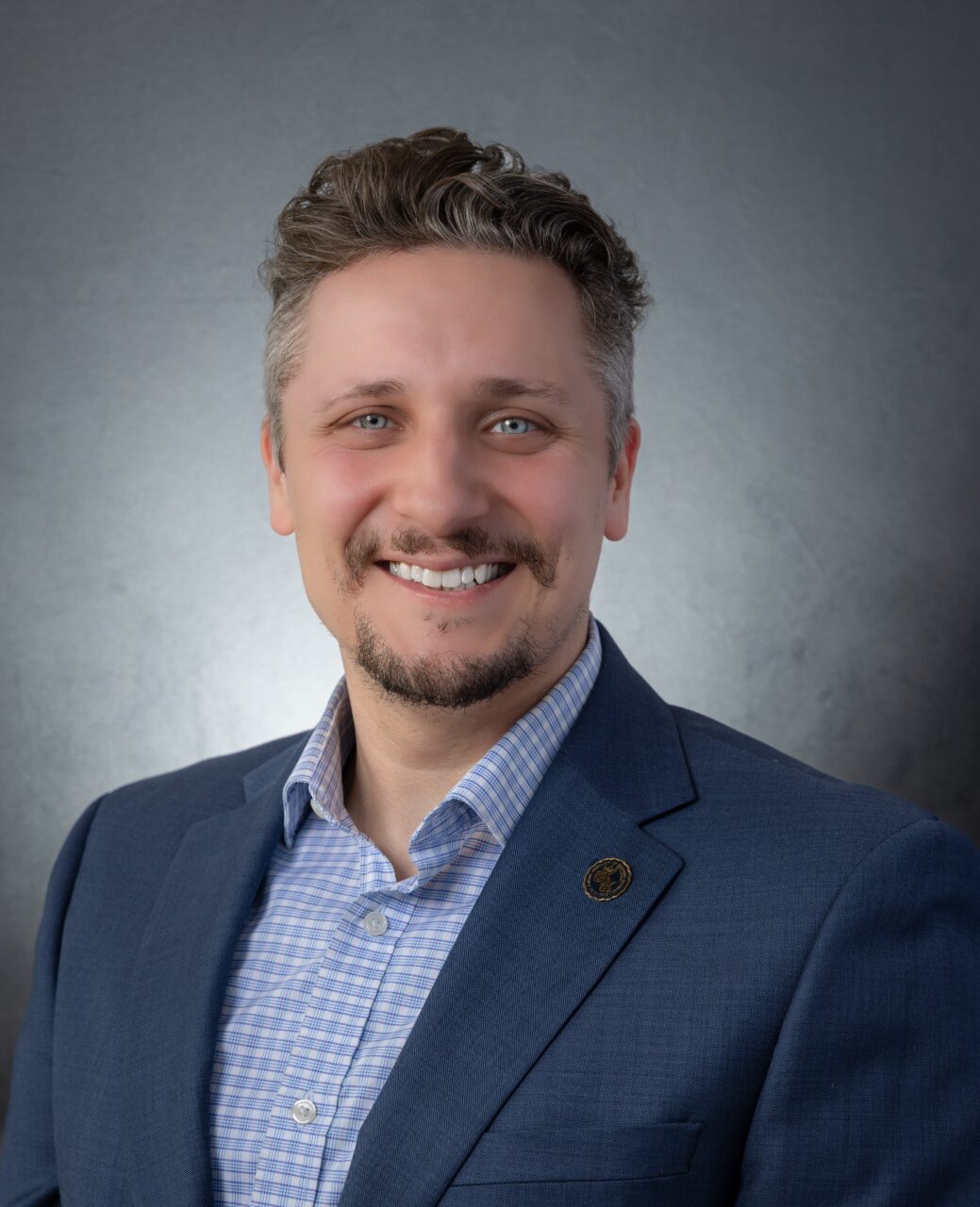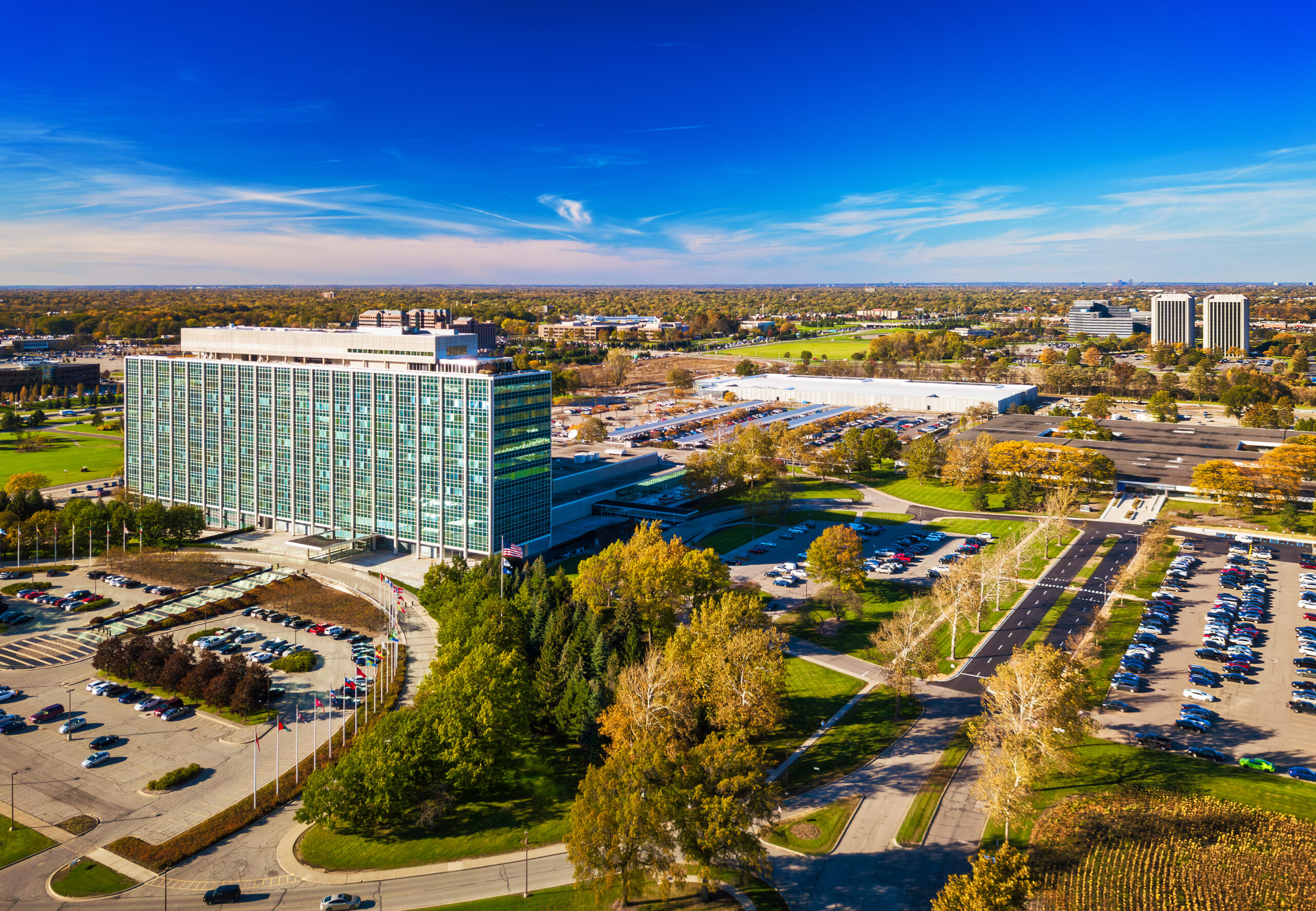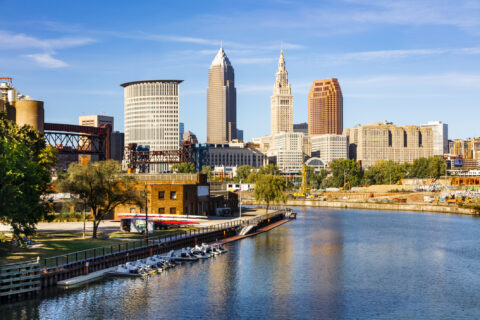Authored by Jordan Twardy, Director of Economic Development, City of Dearborn, MI
As the Director of Economic Development in Dearborn, Michigan, I realize that investing in public spaces can be overlooked in favor of more immediate infrastructure needs like water mains and roads. Investments in green spaces can be even tougher to justify without a clear understanding of the public benefits.
That is why I was encouraged to be invited as a panelist on a recent webinar, entitled “An In-Depth Conversation on Key Takeaways and Implications of How Green Schoolyards Create Economic Value,” alongside economist Rob Greenwald. The webinar, co-hosted by NLC and the Children & Nature Network, discussed the results of a report that found that the economic benefits of green schoolyards outweigh the initial costs. Economist Rob Greenwald shared how he applied cost-benefit tools to investments in green schoolyards. He found that green schoolyards create economic value by boosting children’s learning, enhancing environmental sustainability and supporting community development and health. These findings align very closely with our experience in Dearborn.

Dearborn, Michigan is a vibrant city with a rich tapestry of cultures and a population of about 110,000. Notably, we boast the largest concentration of residents of Middle Eastern and North African descent in North America, a point of pride for our community.
Alongside our cultural strengths, we’ve faced significant challenges, particularly regarding flooding, stormwater management and environmental quality, exacerbated by climate change, which is showing up in our community via increasingly intense storm and flooding events. Our city is located at the tail end of a major river system and has pockets of heavy industrialization, intensifying these impacts which disproportionately affect our residents of color who are concentrated in areas where industrialization and flooding impacts are highest. In the face of this, improving our environmental quality through additional green, public spaces and stronger stormwater management have become major priorities.
During the webinar, Priya Cook, Director of Green Schoolyards at the Children & Nature Network stated the challenge in a way that resonated with me. She said, “Unfortunately, the landscapes where kids spend most of their time outside of home, at school, are typically a sea of asphalt. There’s tremendous potential to rethink the 2 million acres of public land sitting right under our noses, and where kids spend a great deal of their time every day.”
In Dearborn, the notion of transforming seas of asphalt into fields of green and neighborhood respite aligns with what we need more of for our community. And making these spaces was not just an up-front cost, but a long-term investment in the physical, mental and environmental health and well-being of our community. And, it became clear that schoolyards — particularly with a school district that is already on the same page about the opportunity — could be an ideal place to address many of our current challenges.
Below are four steps we took in Dearborn to execute on green schoolyards as an investment in economic development and public health.
1. Leadership creates a vision, or ethos, that drives decision-making.
Our mayor focused on the importance of health and quality of life. Under the leadership of Mayor Hammoud, Dearborn established its first true Health Department, a groundbreaking step in Michigan. He championed an ethos that prioritizes health in all policies, not least of all our economic development and urban planning efforts, which affect our economy and built environment.
This approach forced a shift in how we operate as a city, prioritizing a shared framework that integrates health considerations into our economic decision-making processes and aims to create a healthier environment for all residents. For the green schoolyards project, when we pulled together all the stakeholders — schools, parks, health and other city departments — to gather data around where we saw our biggest challenges, we realized we were all rowing the same direction, but in different boats. So, we started to ask ourselves, “What does it look like to operationalize based on a shared ethos?” To that end, our health-in-all policies framework made aligning efforts with this project an easy, natural decision.
2. Execute that vision in collaboration maximizing each department’s expertise and assets.
Synergy between departments is essential. When you have the right people at the table, you can work through issues you don’t have expertise in. When questions such as, “Who is going to do this? And how is that going to get paid for?” get asked, clarity comes when you have a clear guiding vision and understand the role and expertise of each partner.
I see it like a chessboard. You see which piece is moving in which direction and coordinate. You’re a knight. I’m a bishop. I move like this. You move like that.
Let’s go take down some pawns, or in our case in Dearborn, let’s tackle flooding, industrialization and community health. This collaborative ethos, introduced by our mayor and being internalized by the rest of us, is our guiding principle as we move forward. It’s allowed us to maximize financial resources and content expertise to achieve shared goals.
3. Be creative with funding opportunities and partnerships to address shared goals.
We recently secured $27.3 million from the Federal Community Development Block Grant for disaster recovery, which we are directing toward citywide flooding mitigation. Our city has actively tackled flooding and air quality challenges, especially in the South End, where industrial activities are concentrated. So, it made sense to designate a portion of these funds — $300,000 — to enhance Salina Elementary School’s green space through a green schoolyard project, championed by the school community itself. The project will address issues of stormwater management and flooding while improving the quality of outdoor time for the local community.
Dearborn is also investing significantly in our parks: $30 million into citywide improvements, including three new parks and two currently under construction. We are all in on the economic and community public health benefits of green spaces.
4. A community-driven approach ensures buy-in and long-term maintenance.
The Salina Elementary School project exemplifies how community-led visioning can drive meaningful change. The school knew what they wanted. They’d been a champion of it so they came to the table with a vision and the ability to maintain what was put in place. This matched well with what the City could contribute — a one-time infusion of flooding mitigation funds that can be used for installation but not maintenance. The school addressed two of the biggest barriers because it was a community-driven approach. Then, the city dedicated a funding source we already had to execute a project that achieved our shared ethos. It was a win-win for everyone.
Conclusion
Dearborn is lucky to be a part of a national initiative focused on increasing equitable access to green spaces for all children. The National League of Cities and the Children & Nature Network supported us in defining a vision, bringing together stakeholders and learning from other cities doing similar work. I encourage any city interested in exploring how nature-based solutions can address health, climate and economic challenges to join the Nature Everywhere Communities initiative.
Register for the Action Challenge
Become part of a national peer learning network of nearly 70 communities doing similar work. Lessons like these can help your community reach its “checkmate.”











